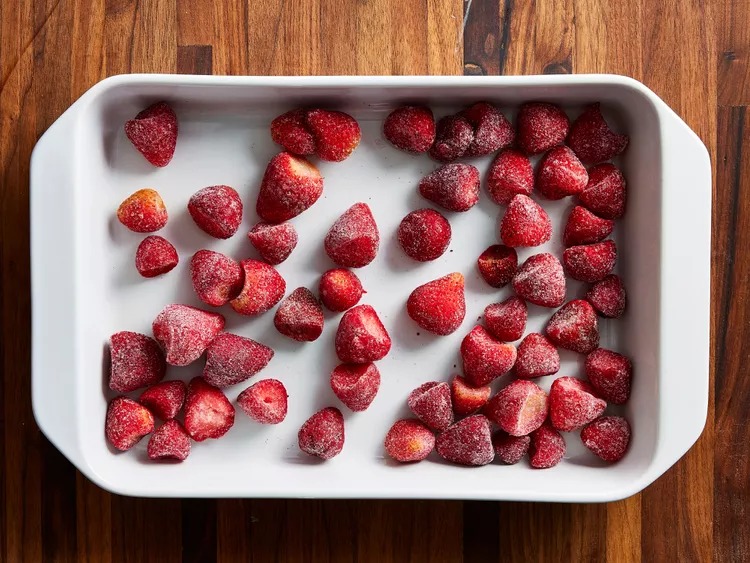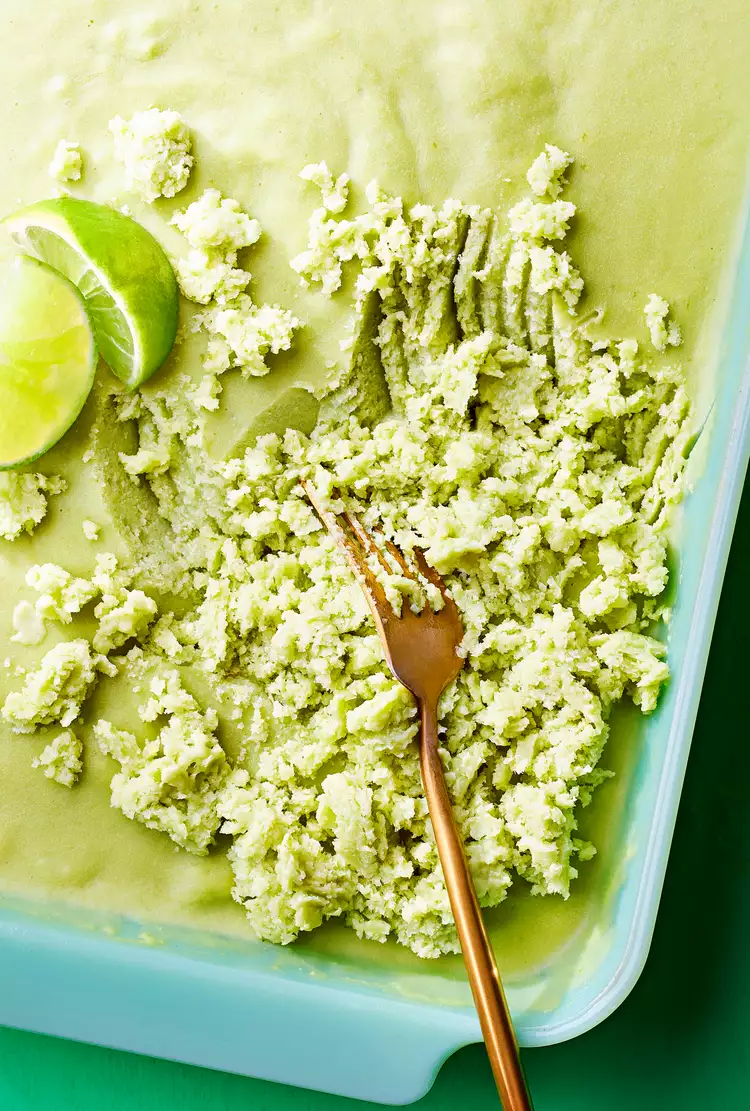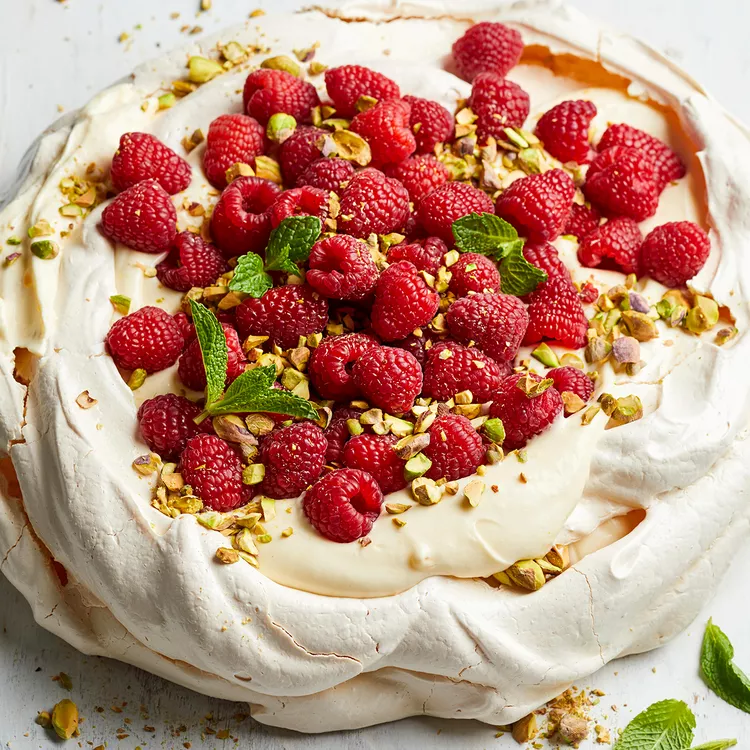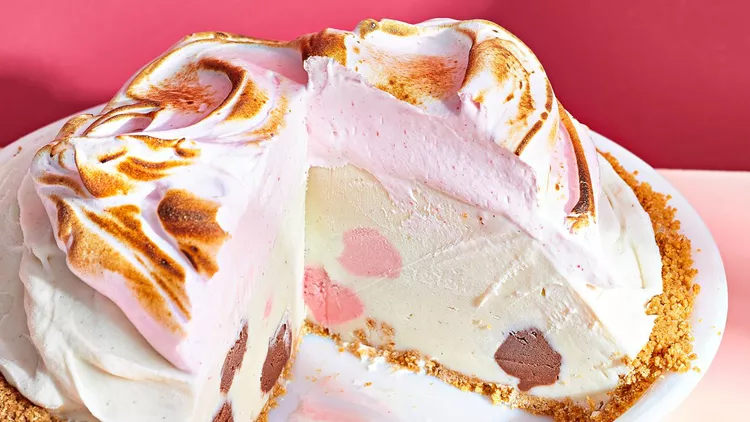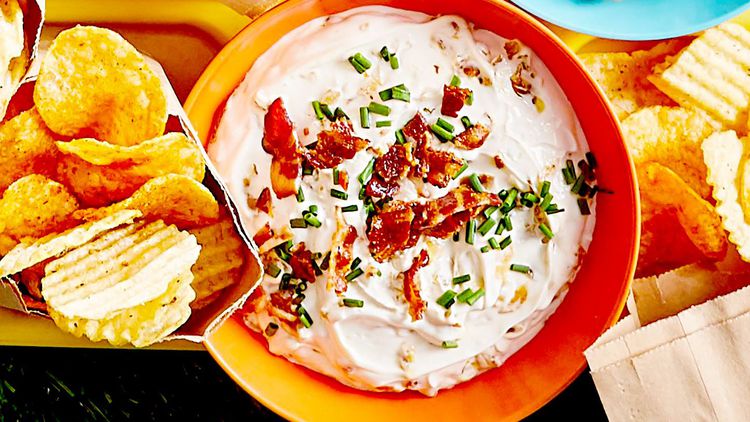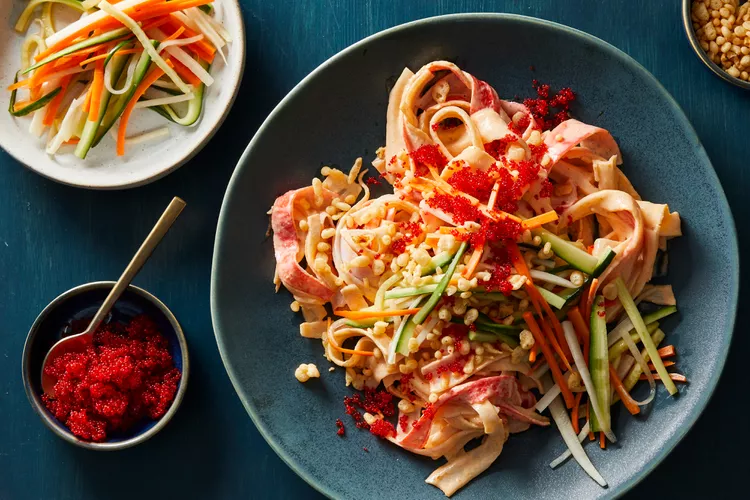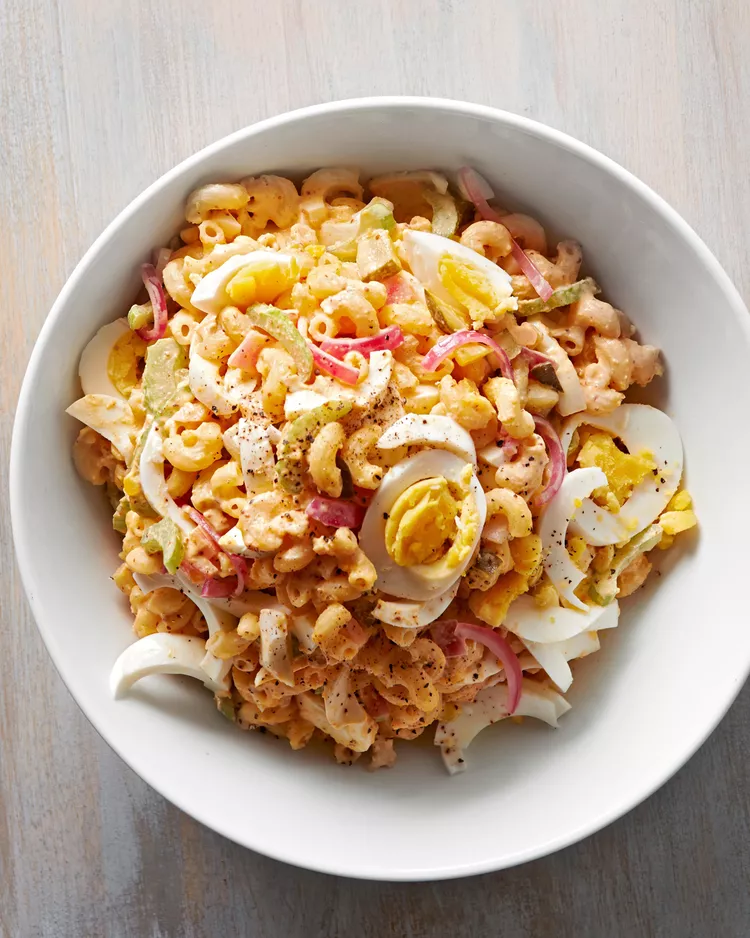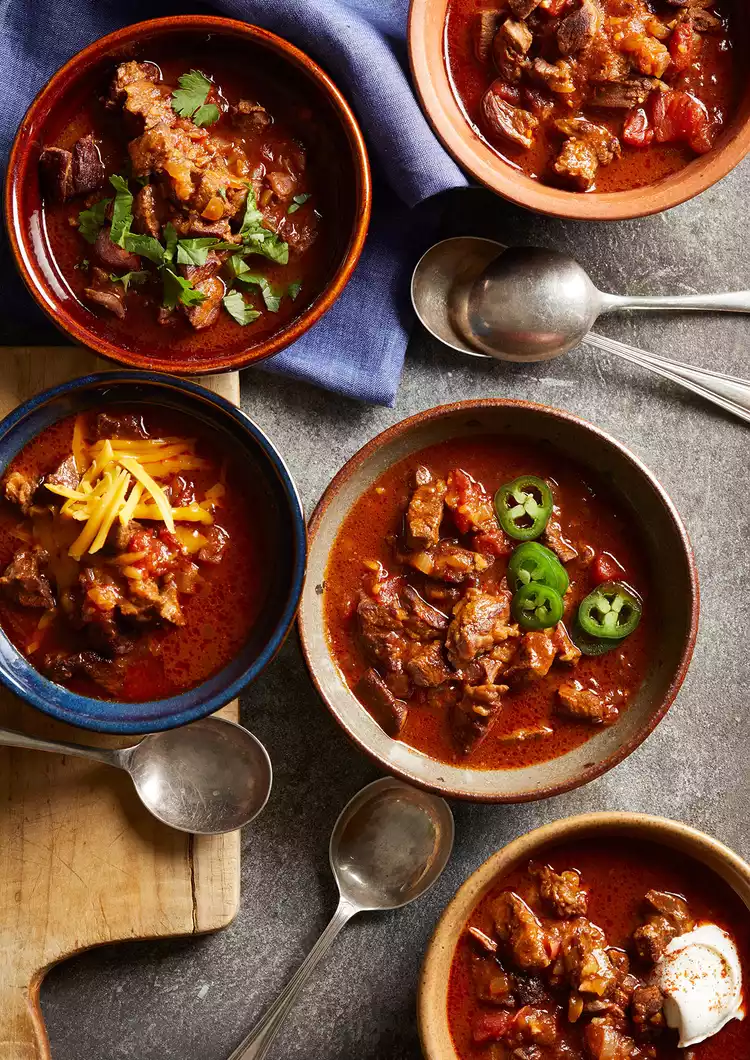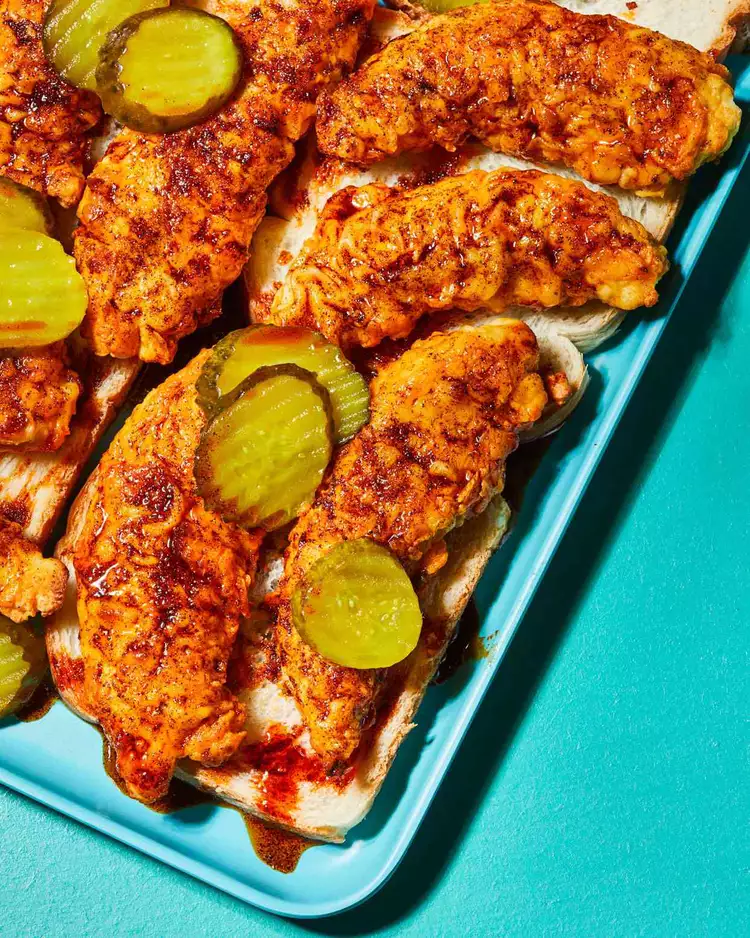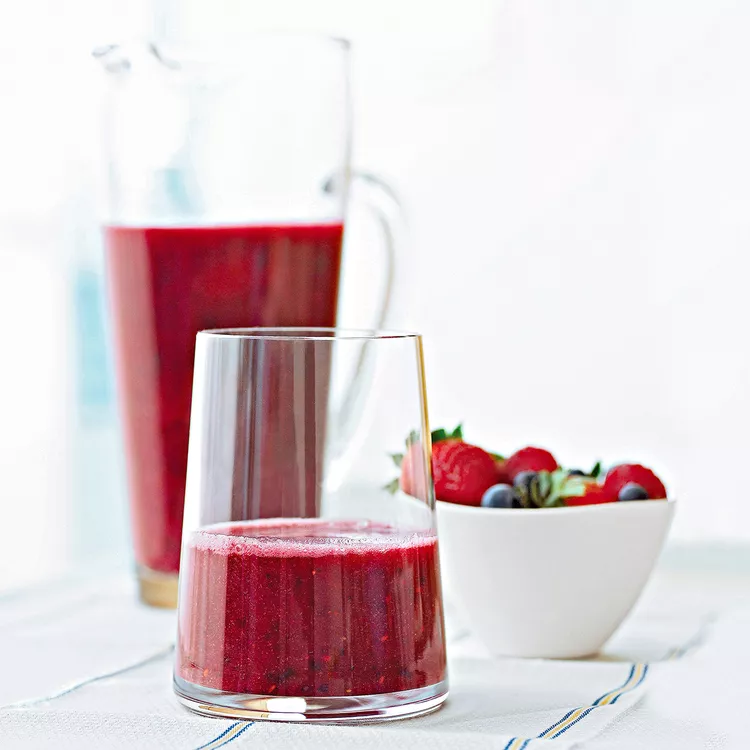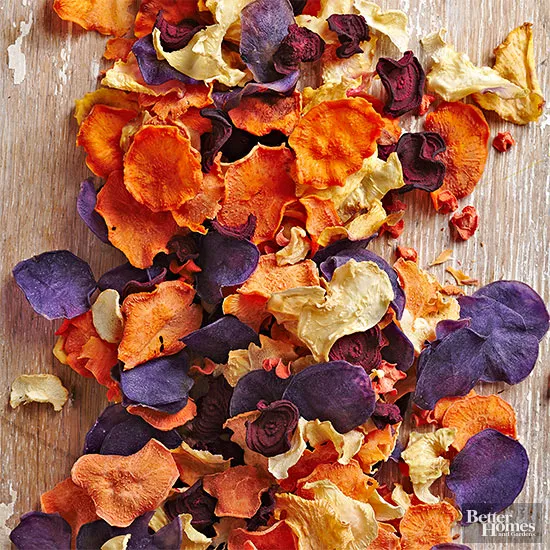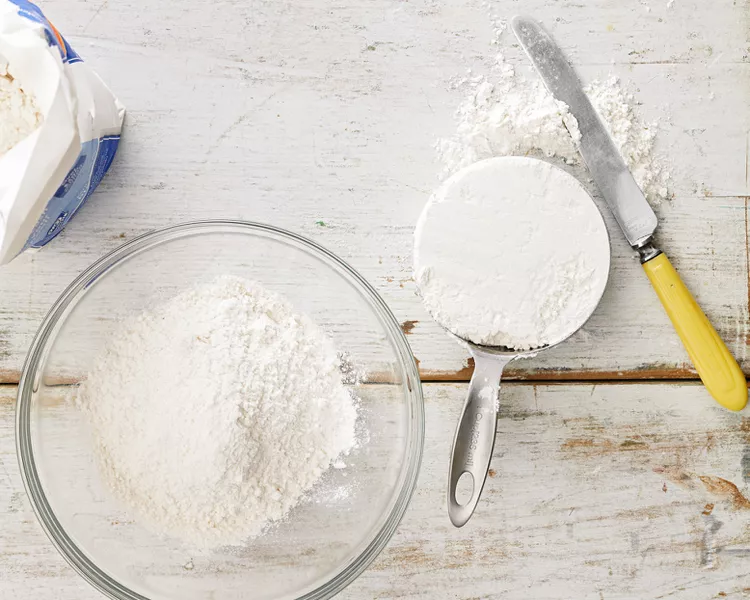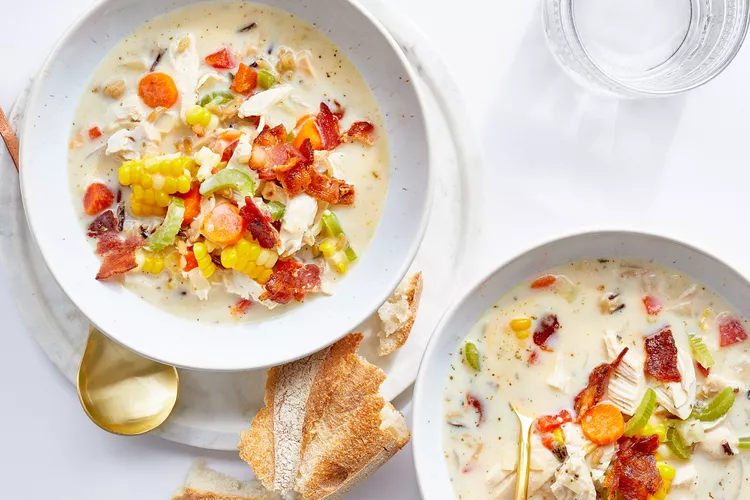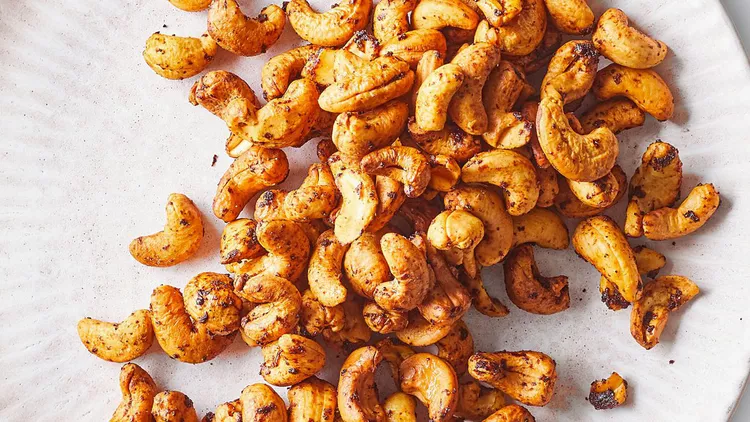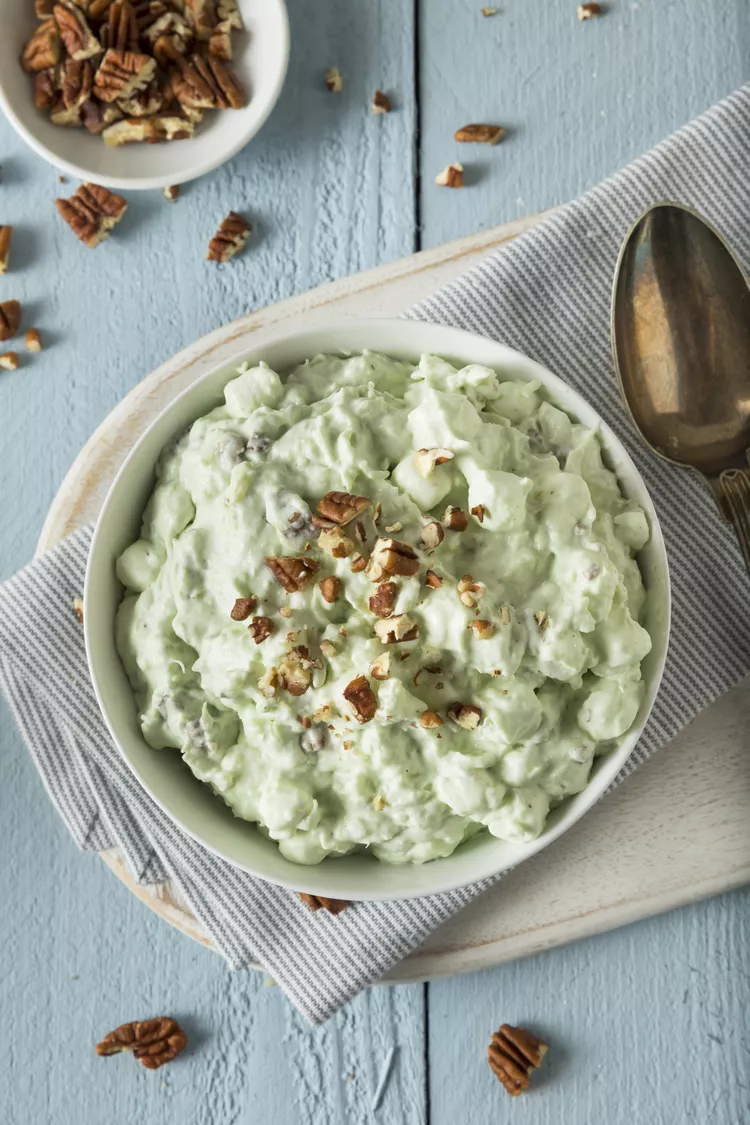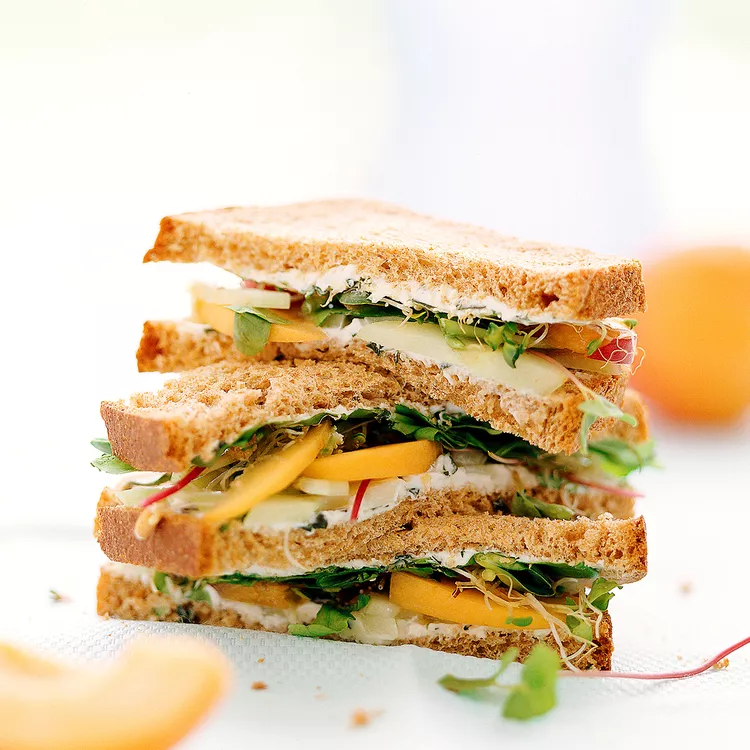Figgy pudding just might be one of the most talked-about Christmas dishes. Carolers sing “now bring us some figgy pudding!” in “We Wish You a Merry Christmas,” and the dish is a centerpiece in Charles Dickens’ “A Christmas Carol,” when Mrs. Cratchit serves the steamed pudding set ablaze with brandy and garnished with holly.
But what exactly is figgy pudding?
Sometimes referred to as plum pudding or Christmas pudding—we’ll get to that later—figgy pudding is a type of British pudding, which is a steamed, cake-like dessert as opposed to the spoonable, thick custard that might come to mind when Americans hear the word “pudding.” Richly spiced and studded with dried fruits—sometimes figs, but often raisins or currants—it’s rooted in British culinary traditions dating back centuries and is traditionally served on Christmas Day.
“Most households include a figgy pudding or Christmas pudding in their Christmas dinner,” says Julia Heron, sales manager for Cole’s Puddings in Essex, England. “It is the classic Christmas dessert. It is also traditional to place some holly on top of the pudding and then set the pudding alight with brandy before serving.”
Here, learn about the history of figgy pudding, how it’s made and how it differs from plum pudding and Christmas pudding.
The History of Figgy Pudding
Figgy pudding is said to date back to late medieval times, though it looked a little different in its initial form. Ben Mervis, a food historian, writer and author of The British Cookbook, says figgy pudding can trace its roots to a savory dish called plum pottage, which contained meat. “In its original meaning, ‘plum’ referred to a dried plum—a prune—but over time, it became synonymous with all dried fruit,” he says. “Then plum pottage, much like our beloved mince pies, took shape over the 17th and 18th centuries, as the recipe’s meat was gradually left out in favor of suet, and the invention of the pudding cloth and, later, pudding basin allowed it to be boiled or steamed. By this time, and later into the 19th century, it becomes the Christmas pudding that we know of today.”
Now a popular Christmas tradition, the dish is steeped in religious symbolism. It was historically made with 13 ingredients (said to represent Christ and the 12 apostles), garnished with holly (to represent the crown of thorns), and ceremoniously lit on fire (to represent the passion of Christ). “The pudding’s association with Christmas became particularly strong during the Victorian era in the 19th century when it became a central part of the holiday feast,” Heron says. “It was known for its rich, dense, and flavorful qualities and was often made well in advance—sometimes weeks or even months before Christmas.”
What Is Figgy Pudding Made Of?
Much like a “full breakfast,” Mervis says the ingredients used in figgy pudding can often be a source of contention, but the dish is typically made with dried fruit (traditionally raisins, sultanas, currants and figs), brown sugar or treacle, mixed spices, breadcrumbs, suet, eggs, and alcohol (often brandy, sherry or rum). That said, figgy pudding doesn’t always contain figs. “The ‘figgy’ quality relates not to the actual fruit itself but the fact that the pudding is flecked with dried fruit,” Mervis says.
Suet, the crumbly, hard saturated fat from beef, lamb, or mutton, is traditional to the dish, but is now often substituted with vegetable shortening or butter. The figgy pudding from Cole’s, for instance, is made with vegetable suet in addition to diced figs, currants, dark rum, and spices including ground ginger and cinnamon. “Nowadays, people will use flour to create a lighter ‘cake,’ and some, especially vegetarians, may opt for butter over suet,” Mervis says. “Suet being the last reminder we have that Christmas pudding was originally made with meat, and was cooked in a pot like porridge.”
How to Make Figgy Pudding
Figgy pudding was historically prepared in a pot with a pudding cloth, but today, it’s typically steamed or boiled for many hours—anywhere from 2 up to 8—in a water bath. Heron says this process helps blend the flavors and allows the pudding to develop a dense, moist texture. In the UK, figgy pudding has traditionally been made 5 weeks before Christmas and is soaked in alcohol such as brandy or rum as a preservative. “Many people make their puddings far in advance and ‘feed’ it with an alcohol occasionally to make it quite strong and boozy, but that’s certainly not a necessity,” Mervis says.
How to Serve Figgy Pudding
Figgy pudding is usually served hot, often with a dollop of brandy butter, cream, or custard. Traditionally, the dish is flambeed after being doused in brandy and set on fire. “It’s traditional for a figgy pudding to be set alight with brandy before serving with brandy butter or brandy sauce, cream, custard, or ice cream,” Heron says.
What’s the Difference Between Figgy Pudding, Plum Pudding, and Christmas Pudding?
Although figgy pudding, plum pudding and Christmas pudding are often used interchangeably, there are a few subtle differences in terms of their ingredients and historical variations. Heron breaks them down here.
Plum Pudding
“The term ‘plum pudding’ originally referred to a type of English spiced boiled pudding that contained raisins, nuts, and spices,” Heron says. “‘Plum’ was a generic term referring to various dried fruits such as raisins, currants, and prunes, rather than specifically the plum fruit itself. Plum pudding was a type of boiled or steamed pudding that contained a mix of these dried fruits, spices, suet, breadcrumbs, eggs, and sometimes alcohol. Over time, the term ‘plum pudding’ evolved into what is now commonly known as Christmas pudding. It was a traditional English dessert served during the Christmas holiday season.”
Christmas Pudding
“This is a rich, spiced pudding that became particularly associated with Christmas in Britain,” Heron says. “The name ‘Christmas pudding’ came about as it was a customary dessert served during the Christmas season. It’s similar to plum pudding in its ingredients but typically included a wider range of dried fruits, suet, spices, and alcohol for flavor.”
Figgy Pudding
“Figgy pudding is a specific type of Christmas or plum pudding that contains figs as a primary ingredient along with other dried fruits,” Heron says. “However, the name ‘figgy pudding’ doesn’t always mean it exclusively contains figs. It could contain a variety of dried fruits in addition to or alongside figs. The term ‘figgy’ in this context is more about the inclusion of figs in the mix, giving it a distinct flavor and texture.”
Ready to try your hand at making figgy pudding? Get the BHG Test Kitchen's classic figgy pudding recipe.
